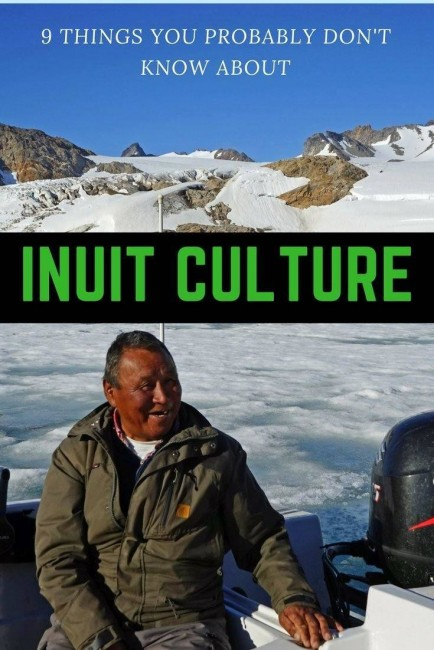Do you know a lot facts about Inuit culture? To be honest it wasn’t something I’d given much thought to until my recent Canadian Arctic Adventure.
While on this trip of a lifetime, I realized how little I actually knew about Inuit culture and their Inuit Nunangat. Fortunately, Adventure Canada employs several Inuit staff members and guides who were able to fill in the gaps.
Here are 9 Facts About Inuit Culture and Inuit Life That You Probably Don’t Know :
1. If you think it’s hard dating where you live, trying doing it in an Inuit homeland, Nunavut.
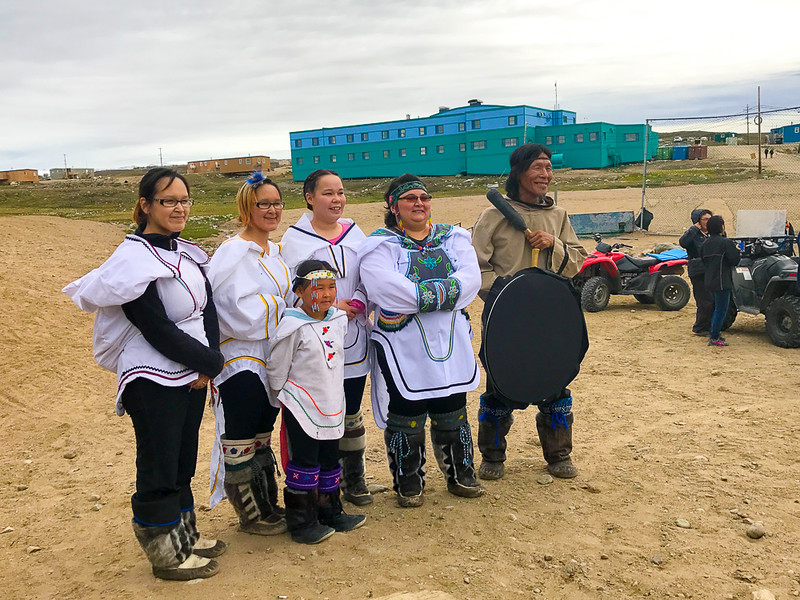
My guide, Alex who lives in Pond Inlet (1600 human population) put it best. “I’ve been single for a long time. It’s much easier if you’re comfortable dating your third cousin,” she says, her eyes twinkling with mischief.
2. Inuit family roups have a great sense of humour and a unique one.
The humour is often based on the close relationships Canadian Inuit have with each other, everyday occurrences and the Inuit way of life. See: for further details.
As Anguti Johnston, culturalist and performer explains; “under hard living conditions, it helps to go with the flow.”
Author and naturalist, C. W. Nicol describes a time when he fell into the ice while dog sledding on one of his many Arctic Expeditions. He thought he was a goner. When he finally resurfaced his Inuit companion asked “Did you see any seals down there?”
Check out this short clip, a spoof on the Old Spice commercials from Aanurli? Now What? The TV show that Anguti hosts and writes:
Related Reading: 7 Reasons Why You Should Travel to The Arctic
3. Inuit are not First Nations People
According to the Indigenous and Northern Affairs office of the Canadian Government, First Nations are those peoples who historically lived in North America, from the Atlantic to the Pacific, below the Arctic. Inuit historically lived along the coastal edge and on the islands of Canada’s far north. The Métis descend from the historical joining of First Nations members and Europeans.
4.The Inuit Tribes Have a Mutual Respect for Nature
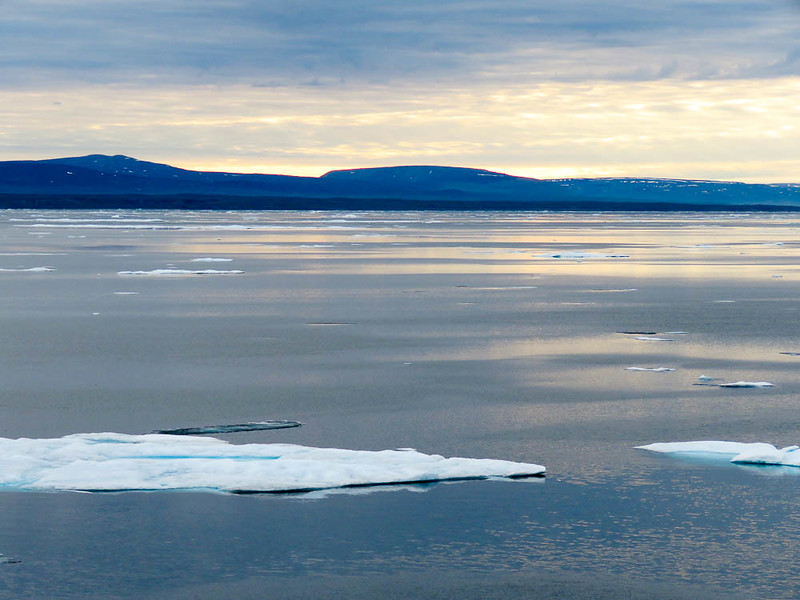
You might have known that these indigenous peoples are more connected to nature than most of us, but you probably don’t know this. According to Anguti and Lois Suluk-Locke, also an Inuit culturist, and who I also met on my Arctic Adventure in the Arctic regions of Canada, when an Inuit person kills a seal (or other sea mammals) they give it a drink of fresh water.
When the seal is surfacing, not only is it coming up to breathe but also for the droplets of fresh water melting from the sea ice. It’s the local people’s way of showing mutual respect. A way of saying thank you for giving me your life for our survival.
As part of these cultural traditions, it’s taboo in Inuit culture to disrespect animals. All killings should be done quickly to minimize pain. Disrespecting animals will bring back luck.
Louis recounts a story passed on to her from her grandmother of two brothers who were excellent hunters and killed a walrus but didn’t eat all of it. The walruses didn’t return for the next 50 years. Whether it’s true or folklore she isn’t sure, this one fact about inuit culture says a lot of the respect they have w.
Related Reading: 11 Arctic Explorers to Inspire Your Own Polar Travels
5. Sled Dogs Aren’t Pets
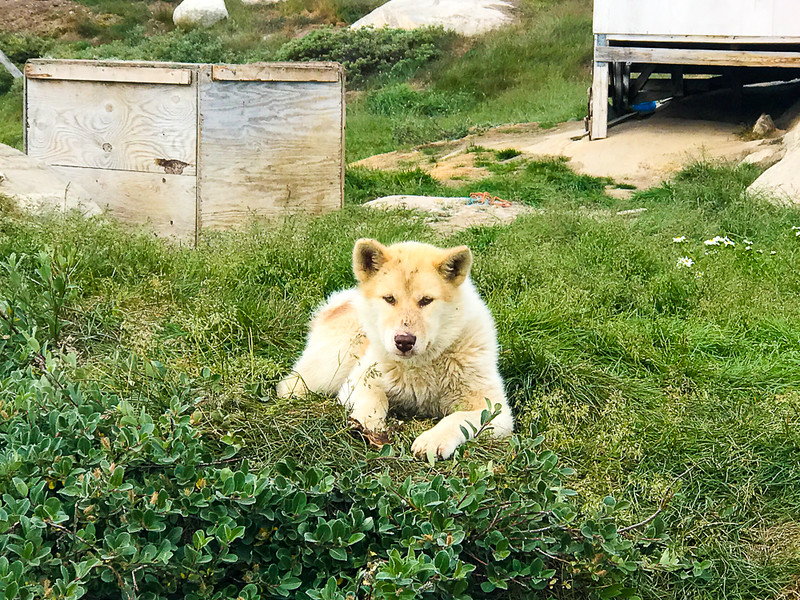
In many Inuit villages, dogs rival the number of inhabitants and family groups. Despite their friendly appearance, they aren’t pets. They’re not tamed. Don’t try to pet them or you’ll risk being bitten. The dogs are used for hunting polar bears and seals and for or used to pull dog sleds for travelling over long distances in winter. On summer, they’re on vacation.
In Sisimiut, and other villages in Greenland, but not all, the dogs are Greenland dogs, a purebred type of husky. To keep the race pure, Greenlandic Inuits don’t allow other dogs as pets to prevent breeding.
6. Inuit Don’t Hunt Orcas (Killer Whales)
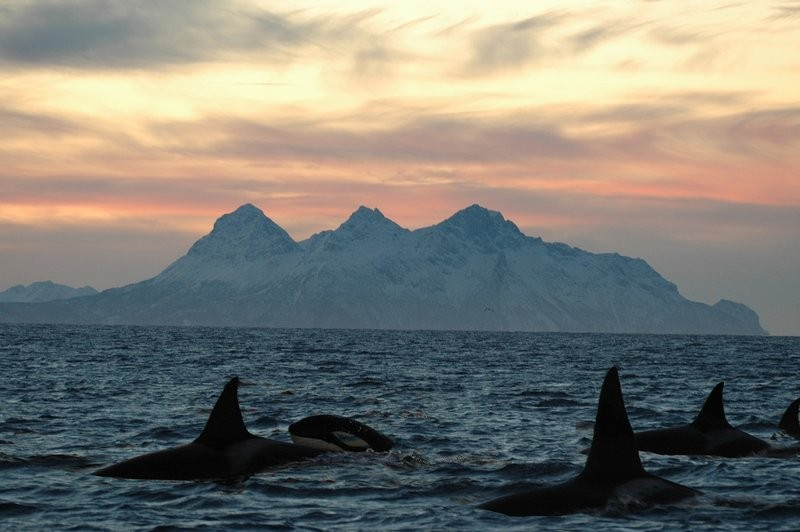
According to Louis, Inuit don’t hunt orcas because they believe that the deceased partner will remember the boat that killed them and seek revenge. It may not be that day, but eventually, they will come for them.
7.Inuit Sports and Games Are Unlike Anything You’ve Ever Seen
Much like the rest of the world, sports and games play an important role in Inuit culture and cultural heritage. But instead of playing soccer or football, they have sports such as Two Foot High Kick or Kneel Jump. The sports served two purposes: 1) the movements are designed to improve hunting and help you to survive the Artic Canada’ss harsh environment conditions and 2) they provided a source of entertainment and kept spirits up during the long dark winters. Source: https://icor.ottawainuitchildrens.com/node/39
Check them out and you’ll see what I mean:
https://www.youtube.com/embed/1cWYBBoi88A
Related Reading: Arctic Adventure: What You Need to Know Before You Go
8.Eating Narwhal Helps Prevent Scurvey

The Unicorn of the Sea’s animal skins and blubber contains vitamin C which has helped the indigenous groups stave off scurvey in earlier times when fruits and vegetables weren’t brought in.
9. Many Inuit People Believe in Both Animism and Christianity
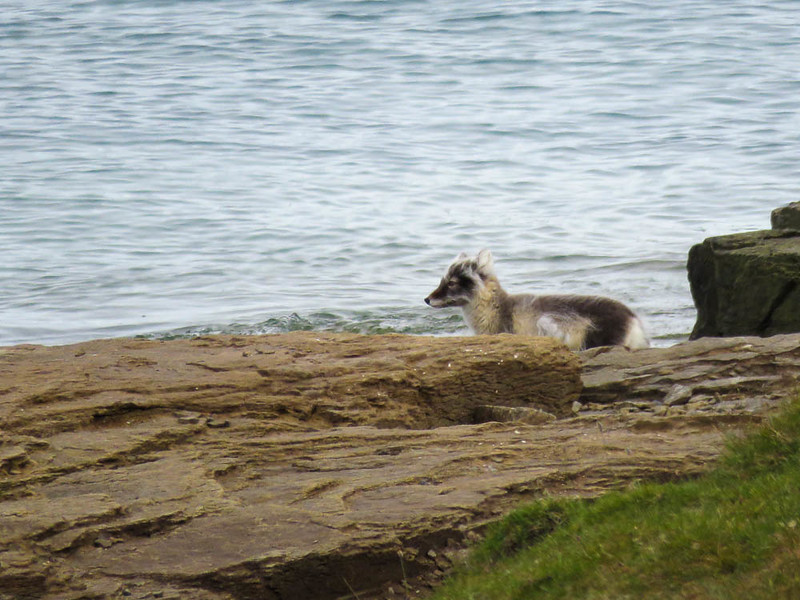
Several of the Inuit I spoke said that many people believed in both Animism, the belief that all living and non-living things have a spirit, and Christianity, which was introduced into the Arctic Canada towards the end of the 1950s.
In the past, all Inuit communities had a prominent Shaman (Angakok). He was the only person who had enough power to control the spirits, shamans used charms and dances as a means to communicate with the spirit world. Source: https://firstpeoplesofcanada.com/fp_groups/fp_inuit5.html.
In the present day, Shamanism is at odds with Christianity, so while communities may still have one, the Shaman may or may not admit that they’re actually a Shaman. Unless something changes soon, Shamanism is in danger of becoming extinct in some Inuit communities.
In relation to beliefs is Sedna, the goddess of the sea and marine mammals. While legends vary, when there’s not enough food, a shaman must come to visit her and comb her hair so that she’ll release more fish and animals for the hunters.
How many of these 9 things did you know about Inuit culture and lives of the Inuit?
